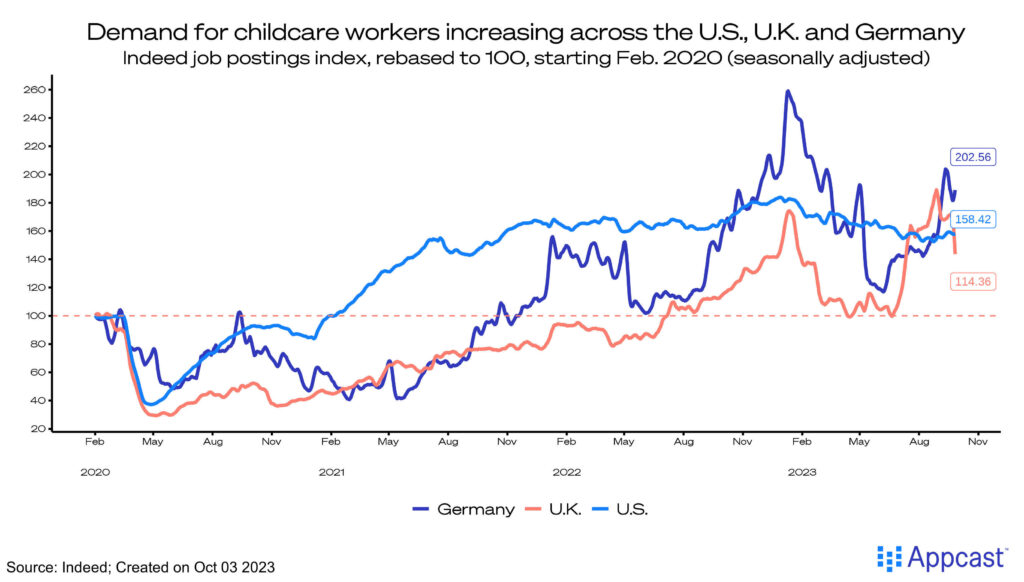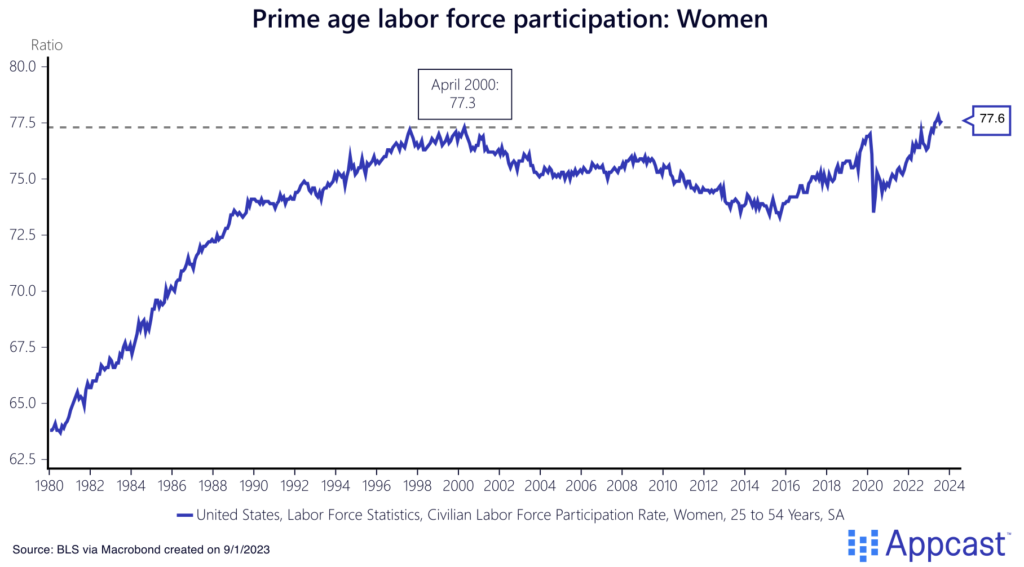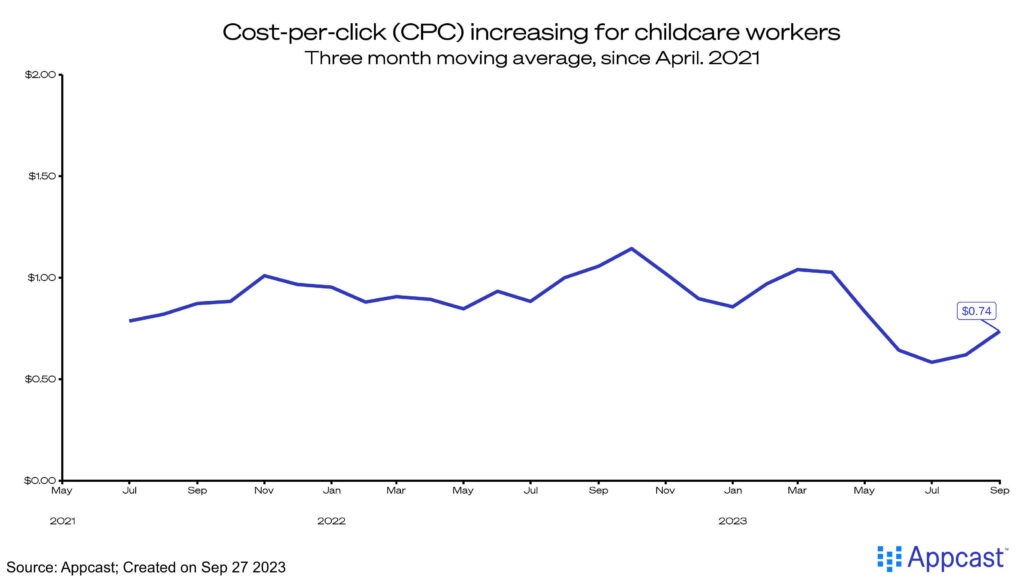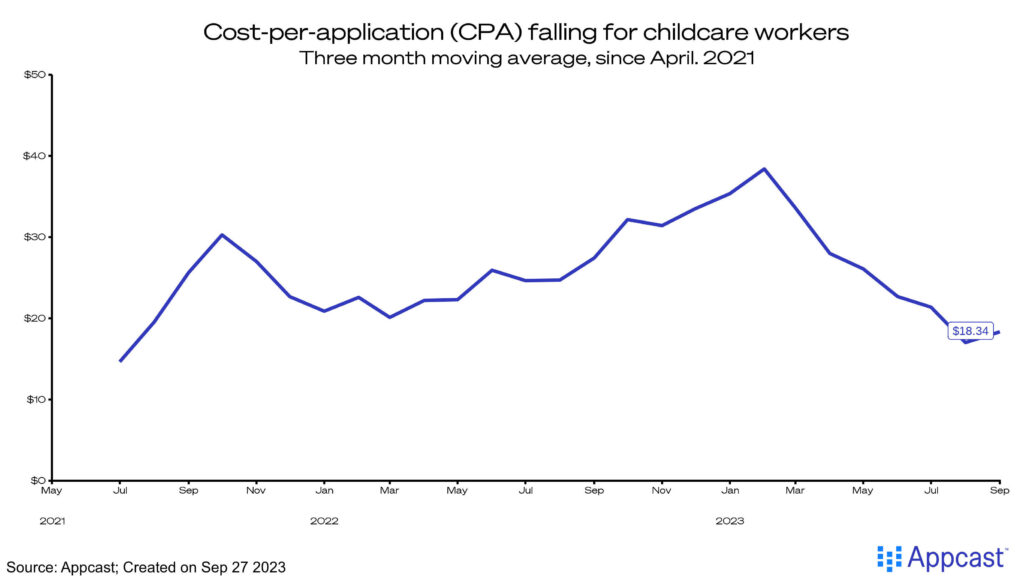In many ways, affordable and reliable child care determines the strength of a country’s labor force. Without it, many parents (and more often than not, mothers) are forced to the sidelines of the jobs market.
During the pandemic, accessibility was sharply cut, bluntly demonstrating the importance of child care for working parents. With child care facilities shuttered, women’s labor force participation plummeted (other structural issues impacted female participation, as well).
To account for the lack of child care services, which had struggled to recover from the onset of the pandemic, the federal government allocated funds towards these services through the American Rescue Plan of 2021. Over $24 billion of the trillion-dollar plan was dedicated to keeping child care centers open and their workforces on payrolls. In many ways, it worked. Over 200,000 child care centers and over 9.5 million children across the United States felt the impacts of this investment.
As of September 30, however, that funding has ended. What does that mean for child care providers, working parents, and the economy moving forward?
The impact on the child care employment sector
The child care sector has always been very unsteady but became especially so during the pandemic. Employment in the sector crumbled, falling by nearly 40% from February to April 2020, similar to other in-person industries. However, this sector in particular has had a difficult time rebuilding and remains nearly 40,000 jobs short of its pre-pandemic level.
With employment yet to rebound completely, demand in the sector remains elevated – job postings for child care workers on Indeed have doubled since the onset of the pandemic. Even with the increased federal funding, these employers – usually small, local businesses – are still struggling to fill those acquisitions. Historically, these positions are poorly compensated – the median pay in 2022 was just $28,520. The loss of the extra funding that many states have used to bolster pay will undoubtedly hurt their hiring chances even further.

The impacts on working mothers
As these payments come to an end, the ripple effect has the potential to be dramatic. If child care facilities begin to close and mothers must shoulder more responsibilities, it could have a serious drag on the labor force participation rate of the group at a very inopportune time. One, women have completely recovered from the pandemic-era drain on participation: The prime-age female labor force participation rate is higher than ever at 77.6%. Damaging that growth could have long-term impacts on the earnings of mothers across the U.S.

Secondly, we are in the middle of a labor shortage beyond the child care sector. Even though the labor market is cooling, it remains tight. At this moment, sidelining workers will only make that shortage worse, which could eventually engender higher recruiting costs, stronger wage growth, and with it, higher inflation.

The impact on recruiters
Recruiters in the child care space are no strangers to the broken acquisition system in the sector. It has been difficult to recruit workers in the sector – even with the influx of investment from the government. However, costs have recently fallen, speaking to the softening labor market overall. Cost-per-click, which represents the interest of online job seekers, is now rising slightly, at $0.74.

Cost-per-application, which represents a candidate’s interest in the job, has fallen impressively lately – it may have become less costly to recruit in the sector recently. It is now $18.34.

Conclusion
Child care is the backbone of our labor market, in many ways. The Child Care Stabilization Plan helped to keep child care establishments and their workers afloat during the worst of the pandemic. Now that the funds have been depleted and not voted to extend, the child care sector may be in trouble again. Of course, we are not in the same situation we were in 2021, when in-person interactions were practically outlawed in some places. Now, there is more demand for child care services. These already expensive services may become more expensive for working parents, which will hurt the labor market outcomes and earnings for working mothers especially.








